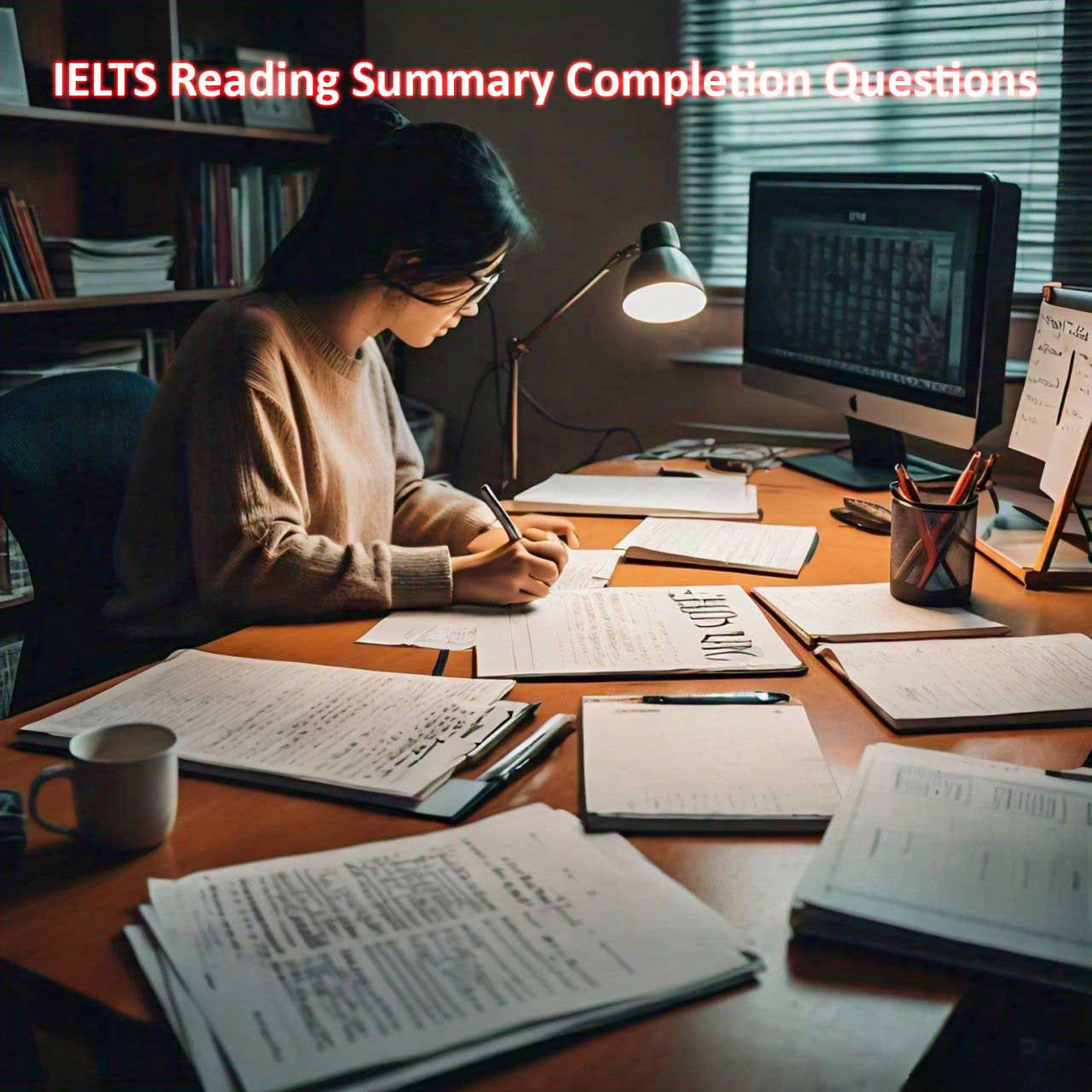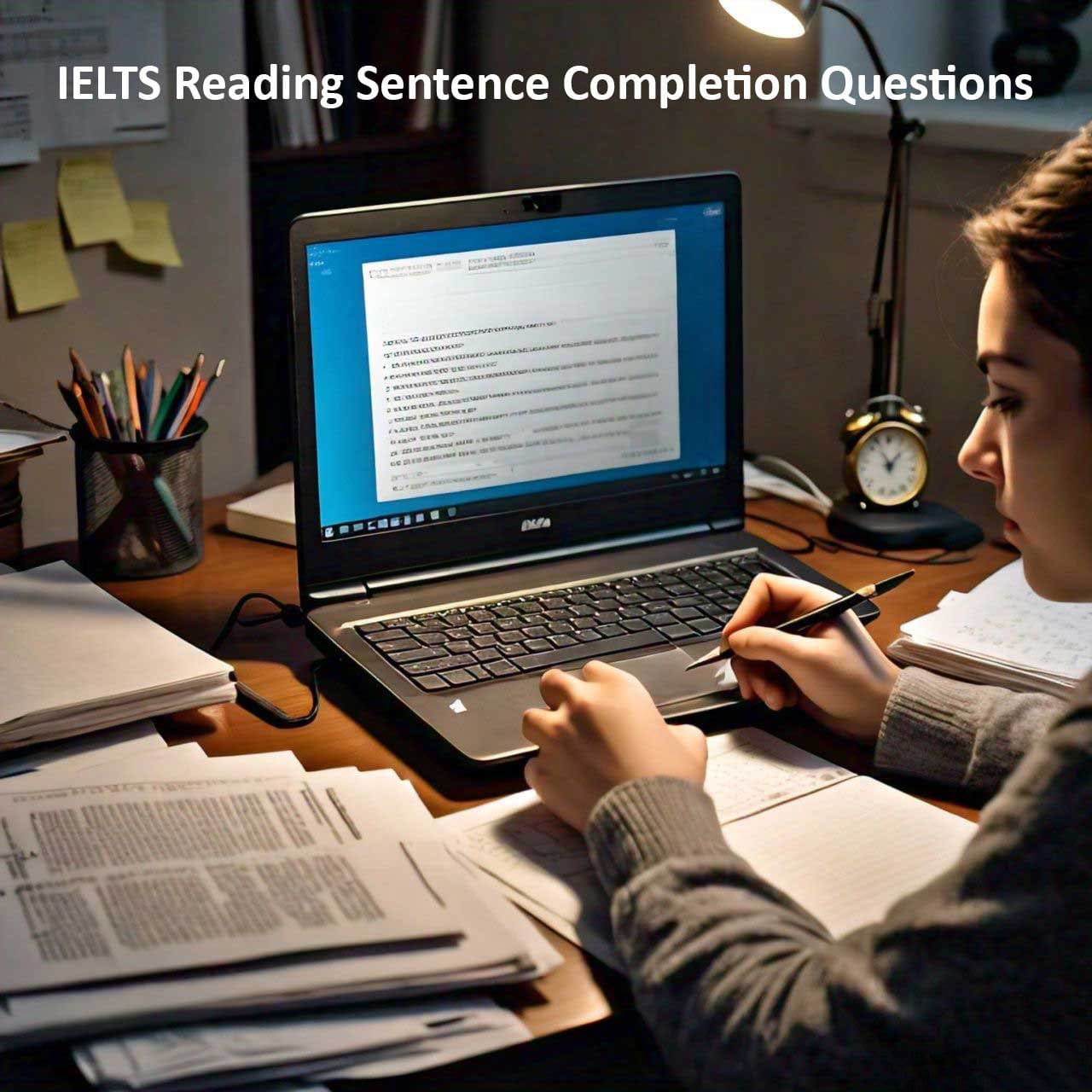The reading section of the IELTS exam can be a source of anxiety for many test-takers, especially when faced with a variety of question types that require different approaches. However, with the right strategies in place, you can navigate through each question type confidently and improve your chances of success. In this guide, we’ll explore effective strategies for answering the different question types in the IELTS reading test.
Table of Contents
1. Multiple Choice Questions:
– Read the instructions carefully to understand what is being asked.
– Skim through the passage to get a general idea of the content.
– Pay attention to any keywords or phrases mentioned in the question.
– Eliminate obviously incorrect options first to narrow down your choices.
– Carefully consider each remaining option before making your final selection.
2. True/False/Not Given Questions:
– Focus on understanding the nuances of each statement.
– Compare the information in the statement with the information in the passage.
– Be cautious of subtle differences between “True” and “Not Given” statements.
– Remember that “Not Given” means the information is not explicitly stated in the passage, so avoid making assumptions.
3. Matching Headings to Paragraphs:
– Skim the headings and try to get an overview of the main ideas.
– Read the first sentence or two of each paragraph to understand its main topic.
– Match each heading to the paragraph that best represents its main idea.
– Pay attention to synonyms and paraphrases, as headings may not always match the exact wording of the paragraph.
4. Sentence Completion/Summary/Note Completion:
– Read the instructions carefully to understand what type of information is required.
– Scan the passage for keywords or phrases related to the missing information.
– Pay attention to grammatical structures and word forms to ensure your answer fits logically.
– Check for contextual clues and use them to deduce the missing information if necessary.
5. Matching Information/Features/Choices:
– Read through the list of options carefully to understand the criteria for matching.
– Scan the passage for information that corresponds to each option.
– Pay attention to specific details, such as dates, names, or characteristics.
– Cross-reference the options with the passage to ensure accurate matching.
6. Short Answer Questions:
– Read the question carefully to identify the specific information being requested.
– Scan the passage for keywords or phrases related to the answer.
– Paraphrase the information from the passage in your own words.
– Be concise and ensure your answer addresses all aspects of the question.
7. Yes/No/Not Given Questions:
– Focus on understanding the statements and their implications.
– Compare the information in the statement with the information in the passage.
– Remember that “Not Given” means the information is not explicitly stated in the passage, so avoid making assumptions.
8. Diagram/Flowchart/Table Completion:
– Familiarize yourself with the layout and format of the diagram, flowchart, or table.
– Read the instructions carefully to understand what type of information is required.
– Scan the passage for relevant information to complete the diagram, flowchart, or table.
– Pay attention to details such as numbers, dates, and relationships between different elements.
By incorporating these strategies into your IELTS reading practice, you can develop a systematic approach to tackling each question type effectively. Remember to practice regularly, familiarize yourself with different question formats, and hone your reading skills to maximize your performance on exam day. With dedication and perseverance, you’ll be well on your way to achieving your desired score in the IELTS reading test.



